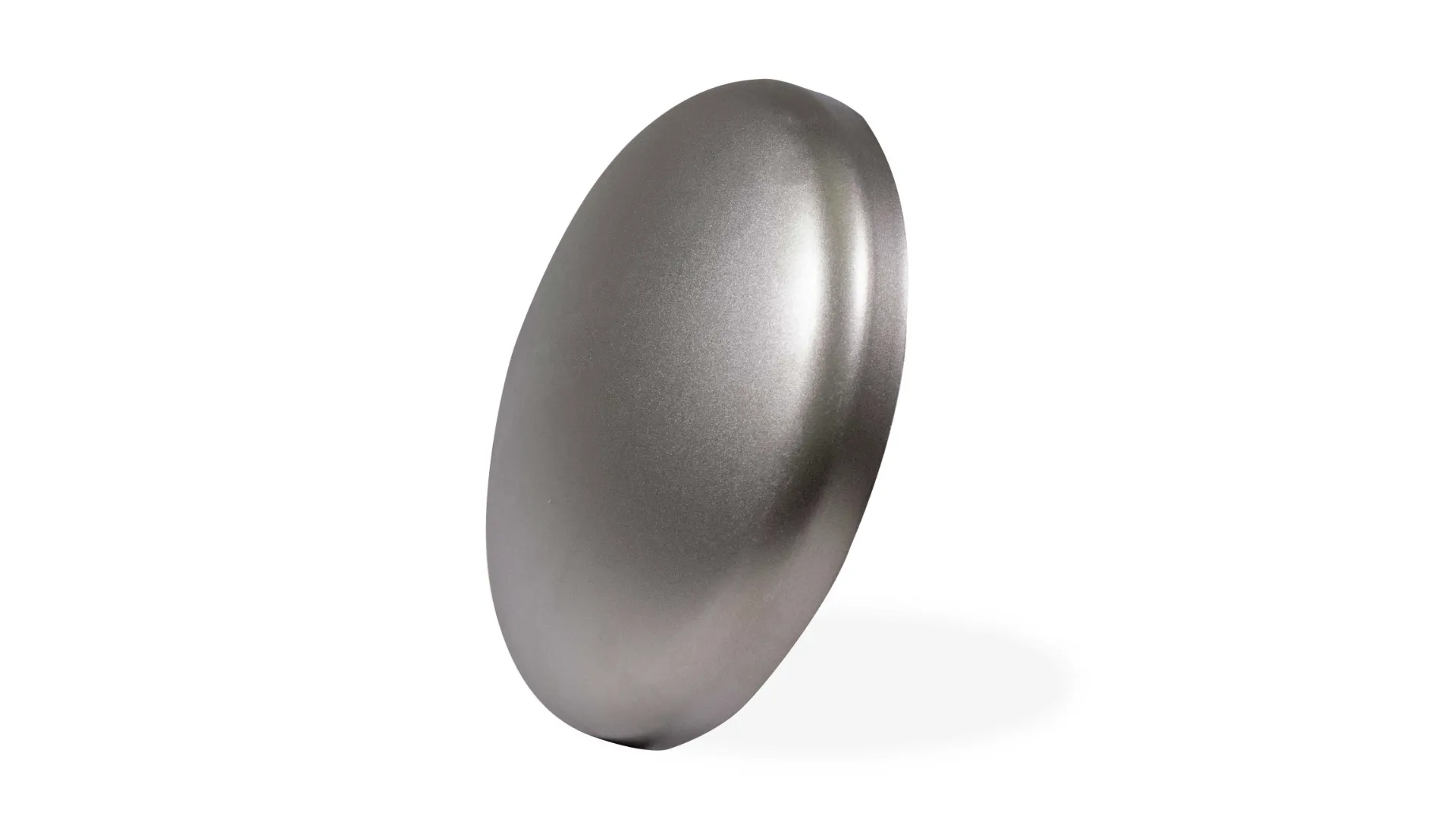-
Cangzhou Yulong Steel Co., Ltd.
-
Phone:
+86 13303177267 -
Email:
admin@ylsteelfittings.com
- English
- Arabic
- Italian
- Spanish
- Portuguese
- German
- kazakh
- Persian
- Greek
- French
- Russian
- Polish
- Thai
- Indonesian
- Vietnamese
- Zulu
- Korean
- Uzbek
- Hindi
- Serbian
- Malay
- Ukrainian
- Gujarati
- Haitian Creole
- hausa
- hawaiian
- Hebrew
- Miao
- Hungarian
- Icelandic
- igbo
- irish
- Japanese
- Javanese
- Kannada
- Khmer
- Rwandese
- Afrikaans
- Albanian
- Amharic
- Armenian
- Azerbaijani
- Basque
- Belarusian
- Bengali
- Bosnian
- Bulgarian
- Catalan
- Cebuano
- China
- China (Taiwan)
- Corsican
- Croatian
- Czech
- Danish
- Esperanto
- Estonian
- Finnish
- Frisian
- Galician
- Georgian
- Kurdish
- Kyrgyz
- Lao
- Latin
- Latvian
- Lithuanian
- Luxembourgish
- Macedonian
- Malgashi
- Malayalam
- Maltese
- Maori
- Marathi
- Mongolian
- Myanmar
- Nepali
- Norwegian
- Norwegian
- Occitan
- Pashto
- Dutch
- Punjabi
- Romanian
- Samoan
- Scottish Gaelic
- Sesotho
- Shona
- Sindhi
- Sinhala
- Slovak
- Slovenian
- Somali
- Sundanese
- Swahili
- Swedish
- Tagalog
- Tajik
- Tamil
- Tatar
- Telugu
- Turkish
- Turkmen
- Urdu
- Uighur
- Welsh
- Bantu
- Yiddish
- Yoruba

Nov . 27, 2024 13:31 Back to list
Understanding Hose Flanges and Their Applications in Fluid Transfer Systems
Understanding Hose Flanges Essential Components in Fluid Transfer Systems
In today's industrial world, the efficient transfer of fluids is a critical task that involves various components and fittings. One of the unsung heroes in this realm is the hose flange. These essential components play a vital role in ensuring that hoses connect securely to other equipment, enabling the safe and efficient movement of liquids and gases. This article will explore what hose flanges are, their types, applications, and advantages, offering insights into their importance in fluid transfer systems.
What is a Hose Flange?
A hose flange is a mechanical component used to connect hoses to other pieces of equipment, such as pumps, valves, or other hoses. These flanges allow for a secure connection that can withstand the pressures and vibrations experienced during fluid transfer operations. Hose flanges come in various shapes and sizes, tailored to meet the specifications of different systems and operational requirements.
Types of Hose Flanges
Hose flanges can be classified into several types, each suited for specific applications and environments. Some of the most common types include
1. Fixed Flanges These flanges are permanently welded onto the hose, providing a robust and durable connection. They are ideal for applications where a permanent fit is necessary.
2. Slip-on Flanges This type of flange is designed to slip over the end of the hose and is then bolted in place. This offers ease of assembly and is commonly used in systems where hoses frequently need to be replaced.
3. Blind Flanges Used to close off the end of a piping system, blind flanges are crucial when the flow needs to be temporarily stopped or when a section of the system needs maintenance.
4. Lap Joint Flanges These are designed for use with a stub end and allow for easy disassembly. This can be particularly advantageous in situations where regular access is required.
5. Threaded Flanges Featuring female threads that allow the hose to be screwed in, these flanges provide a secure connection without requiring welding or complicated installation processes.
Applications of Hose Flanges
hose flange

Hose flanges are versatile components used in a wide range of industries, including
- Oil and Gas Used extensively in drilling and transportation of crude oil and natural gas, hose flanges ensure secure connections in high-pressure environments. - Chemical Processing They are crucial in the chemical industry for transferring different fluids safely, given the corrosive nature of many chemicals involved.
- Water Distribution Hose flanges are integral in municipal water systems, ensuring that hoses are connected securely for effective distribution.
- Food and Beverage In this industry, hygiene is paramount. Hose flanges made from stainless steel are preferred to prevent contamination during the transfer of consumables.
Advantages of Using Hose Flanges
1. Secure Connections Hose flanges provide a tight seal that prevents leaks, which is critical for maintaining system efficiency and safety.
2. Versatility With various types available, hose flanges can be used across different industries and applications, making them a flexible option for engineers and designers.
3. Ease of Maintenance Many flange types, especially slip-on and lap joint flanges, facilitate quick and easy disassembly, allowing for regular maintenance and hose replacements without significant downtime.
4. Durability When made from high-quality materials such as stainless steel, hose flanges offer excellent resistance to corrosion, wear, and high pressures, ensuring longevity in demanding environments.
Conclusion
In summary, hose flanges are crucial components in any fluid transfer system. Their ability to provide secure, reliable connections across a variety of applications makes them indispensable in industries ranging from oil and gas to food processing. Understanding the different types and their specific applications can help engineers and technicians make informed decisions when designing and maintaining fluid transfer systems, ultimately leading to improved efficiency and safety.
Latest news
-
ANSI 150P SS304 SO FLANGE
NewsFeb.14,2025
-
ASTM A333GR6 STEEL PIPE
NewsJan.20,2025
-
ANSI B16.5 WELDING NECK FLANGE
NewsJan.15,2026
-
ANSI B16.5 SLIP-ON FLANGE
NewsApr.19,2024
-
SABS 1123 FLANGE
NewsJan.15,2025
-
DIN86044 PLATE FLANGE
NewsApr.19,2024
-
DIN2527 BLIND FLANGE
NewsApr.12,2024
-
JIS B2311 Butt-Welding Fittings LR/SR 45°/90° /180°Seamless/Weld
NewsApr.23,2024











